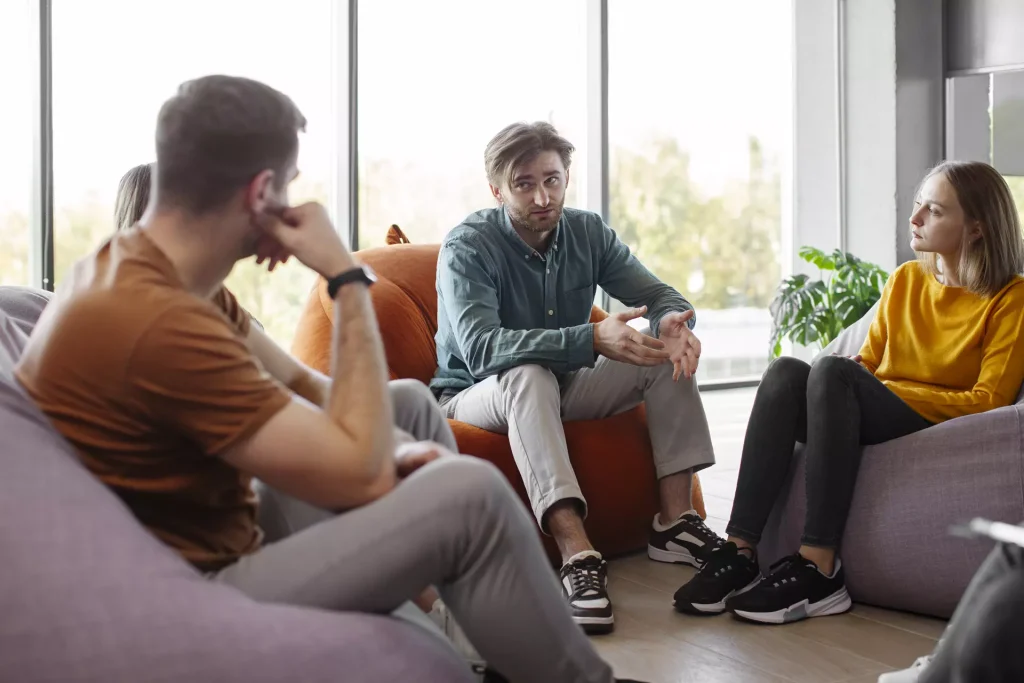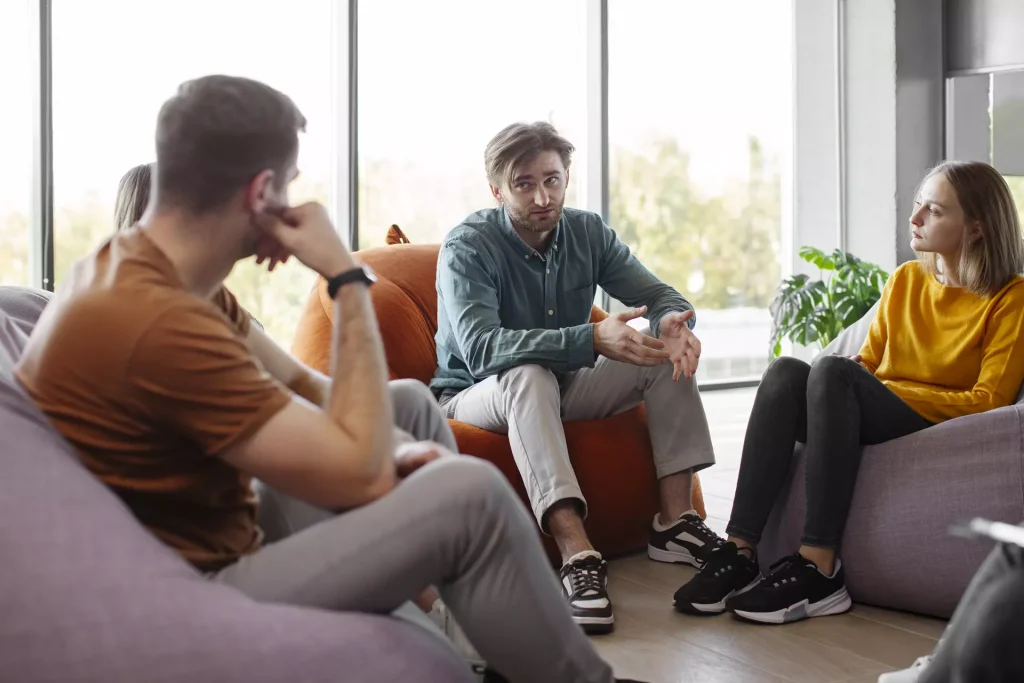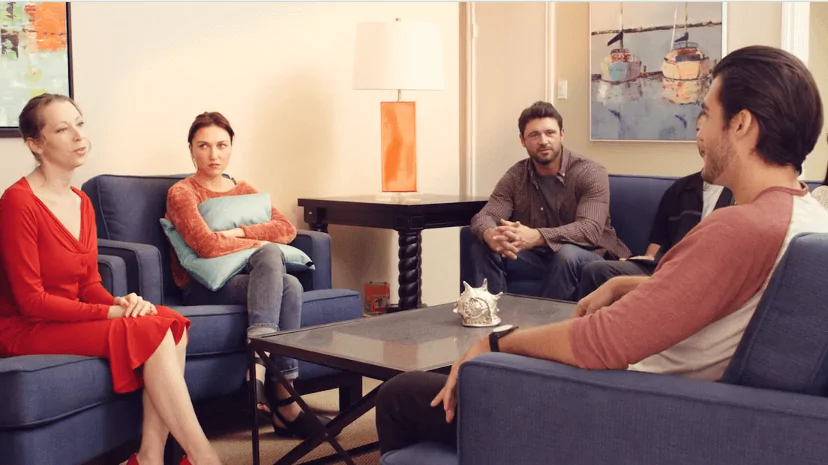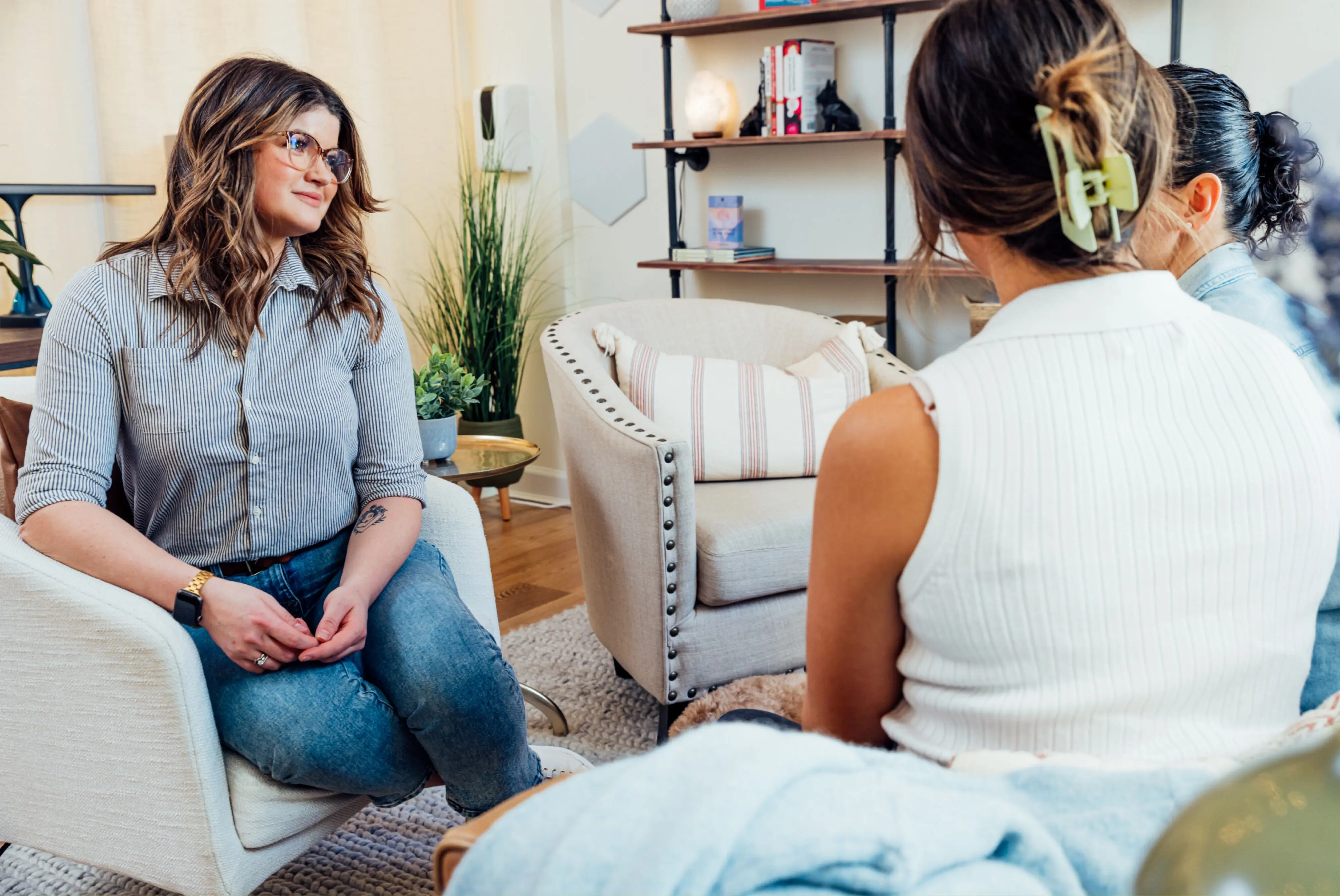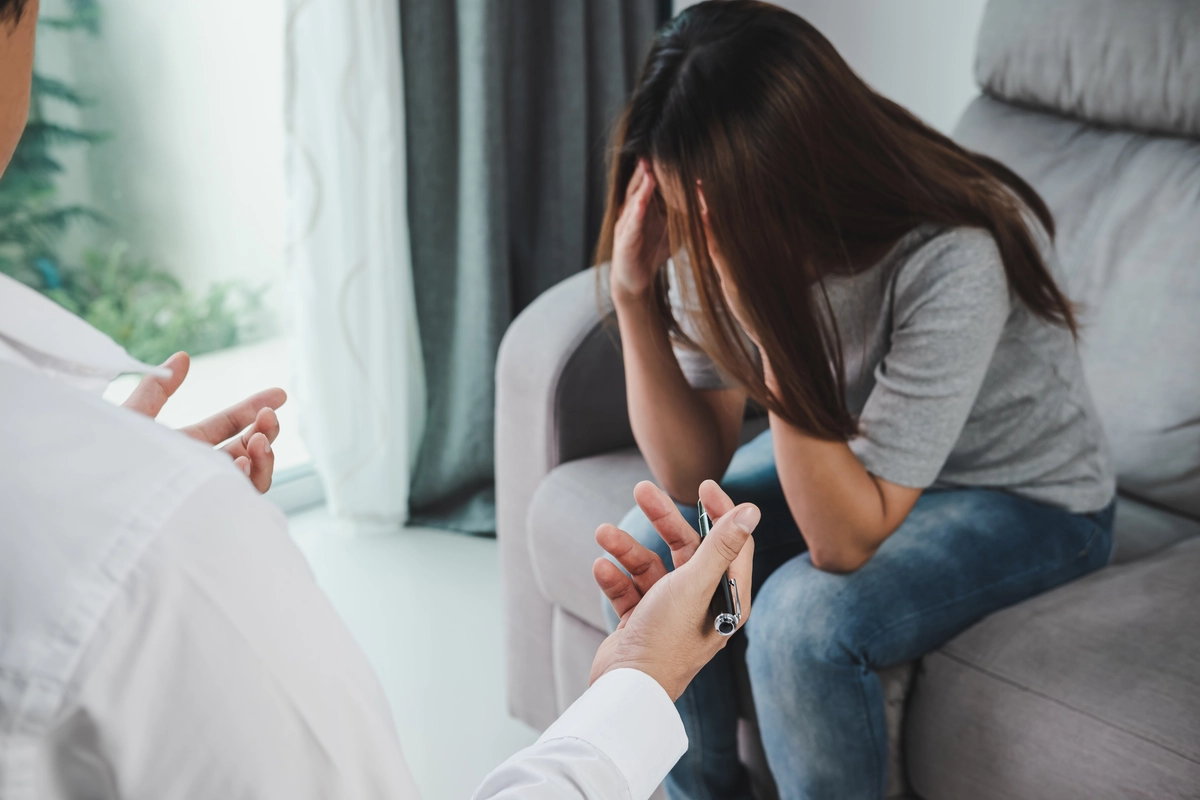24/7 Helpline:
(866) 899-221924/7 Helpline:
(866) 899-2219
Learn more about Cocaine Rehab centers in Sleepy Eye
Cocaine Rehab in Other Cities

Other Insurance Options

Private insurance

Aetna

CareFirst

Health Partners

MHNNet Behavioral Health

Medical Mutual of Ohio

Health Net

Horizon Healthcare Service

Excellus

MVP Healthcare

Regence

Meritain

Optima

State Farm

Premera

Choice Care Network

BlueShield

Cigna

United Health Care

Coventry Health Care


New Ulm Medical Center – Substance Abuse
New Ulm Medical Center – Substance Abuse is a private rehab located in New Ulm, Minnesota. New Ulm M...

Nova House Intensive Residential Treatment Services
Situated in New Ulm, Minnesota, Nova House Intensive Residential Treatment Services (IRTS) is a drug...











